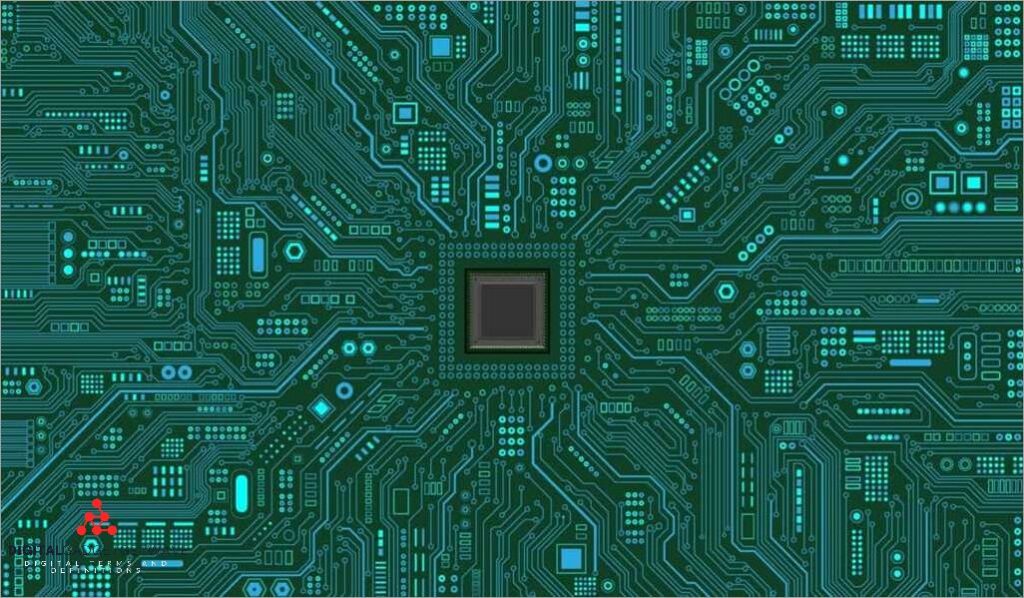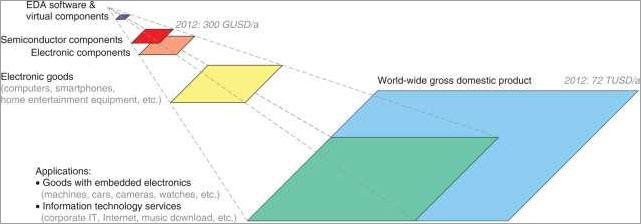Advantages of Conformal Coatings for Electronics
In the world of electronics, one of the most important components is the circuit board. These boards are responsible for connecting various electronic components and providing the necessary pathways for current flow. However, due to their delicate nature, circuit boards are prone to damage from various sources such as moisture, abrasion, and chemical exposure. This ...












